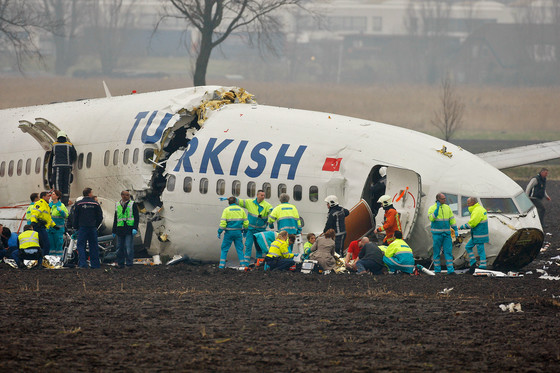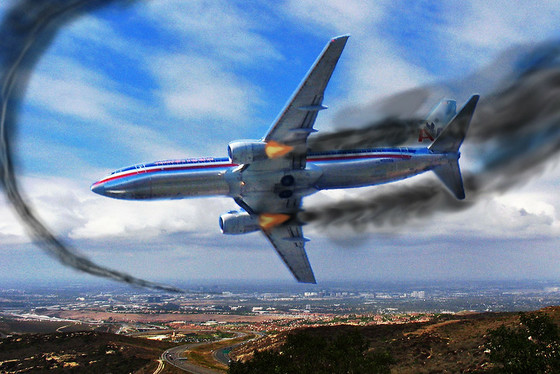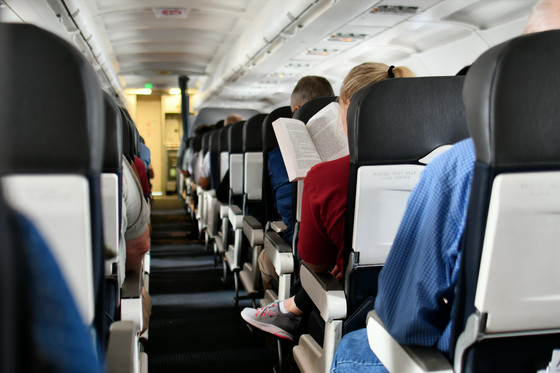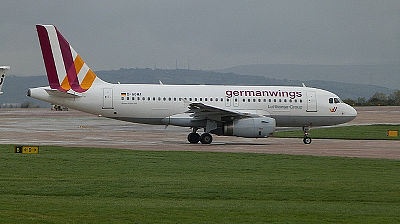Where is the safest seat on a plane?

On June 12, 2025, an Air India passenger plane carrying 242 passengers and crew crashed into a city shortly after takeoff, and all but one passenger was
What's the safest seat on a plane? | Live Science
https://www.livescience.com/technology/whats-the-safest-seat-on-a-plane
As Associate Professor Chenglun Wu of the School of Aviation at the University of New South Wales in Australia has stated, 'The fatality rate is much lower than driving a car,' so flying is considered a much safer means of transportation than driving a car.
A study published in August 2024 reported that the probability of death during a single flight on a commercial aircraft is 1 in 13.7 million. In addition, data from the U.S. National Transportation Safety Board (NTSB) from 2001 to 2017 showed that the survival rate was 100% in approximately 94% of passenger plane crashes.

By
When asked which seats are safest, Associate Professor Wu pointed out that there are no solid scientific studies. As Daniel Kwasi Agyekum, an aviation safety researcher at the University of North Dakota, said, 'It all depends on the dynamics of the crash,' safety depends heavily on the circumstances of the accident. However, it is possible to infer some trends from past data and expert knowledge.
For example, in a relatively low-energy accident, like losing control on landing, Agyekum says, 'where you're sitting really matters for structural survivability.' In that situation, the front of the plane is more likely to be the focus of energy, so sitting in the back may be safer.
In fact, a 2015 analysis of Federal Aviation Administration data found that seats in the back third of the plane had a 32% fatality rate, compared with 39% in the middle third and 38% in the front third. And when it came to row location, seats in the middle of the plane had the lowest fatality rate at 28% and aisle seats in the middle third of the cabin had the highest fatality rate at 44%.
However, if the tail of the plane takes most of the impact, passengers in the middle or front seats are more likely to survive than those in the back seats. Indeed, in some accidents, deceased passengers have been found to be randomly scattered among the survivors. For this reason, the Federal Aviation Administration has argued that there is no 'safest seat' on an airplane.
On the other hand, Associate Professor Wu points out that 'seats near the wings may also be safer.' The reason for this is that the area around the wings is structurally very strong, and it is close to the emergency exits, which is advantageous for quick evacuation. However, there are fuel tanks under this central area, which pose a risk of fire and smoke in the event of a crash.

by underexposed949
Ultimately, experts stress that what matters most is not where you sit, but what to do in an emergency. 'You have to follow the instructions of the flight attendants. I think that's the most important thing,' Agyekum said.
He also said that in the event of an accident, it is crucial to leave your luggage behind and evacuate quickly within 90 seconds. Associate Professor Wu recommended people to always be prepared by 'knowing where your seat is' and counting the number of rows to the nearest emergency exit whenever they board an aircraft.

Related Posts:
in Free Member, Vehicle, Posted by log1i_yk







